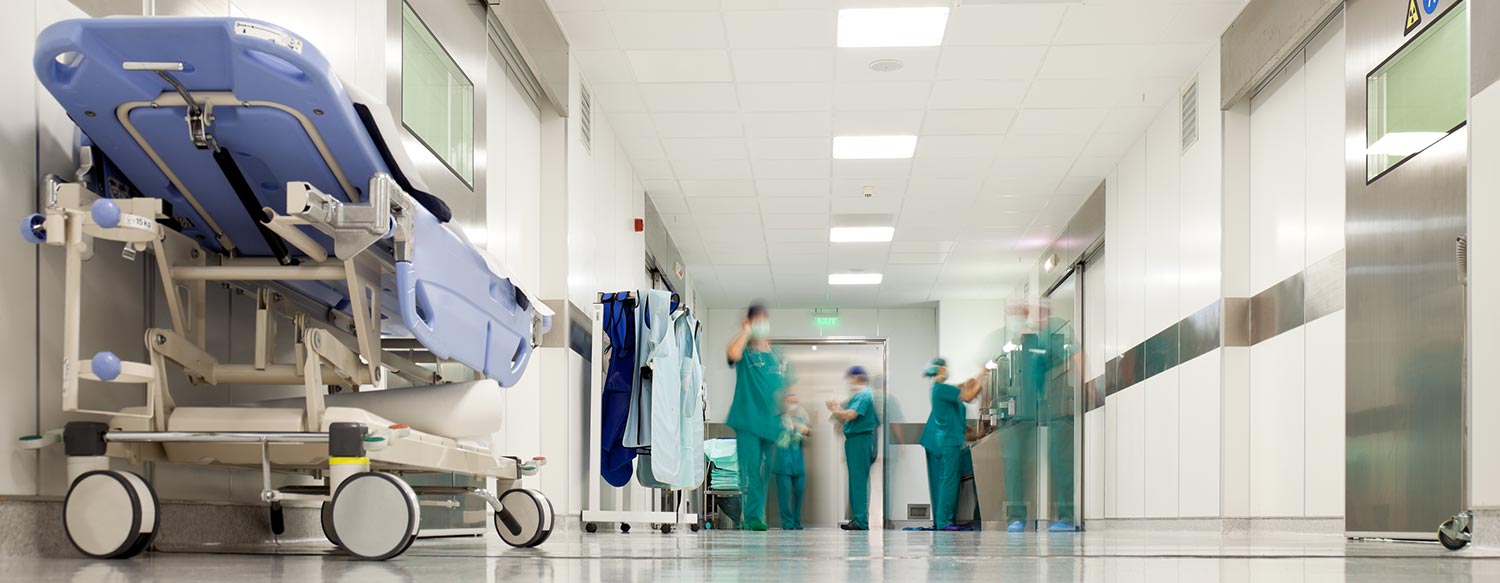 Inventory management is important in any facility or organization, but perhaps nowhere is it more essential than in hospitals since the inventory in hospitals is often used to save lives. Therefore, it must be managed accurately and efficiently at all times. Fortunately, technology and practices are always evolving to improve supply chain efficiency for hospitals. Let’s take a look at some of the ways this is happening and taking hospital inventory management to the next level.
Inventory management is important in any facility or organization, but perhaps nowhere is it more essential than in hospitals since the inventory in hospitals is often used to save lives. Therefore, it must be managed accurately and efficiently at all times. Fortunately, technology and practices are always evolving to improve supply chain efficiency for hospitals. Let’s take a look at some of the ways this is happening and taking hospital inventory management to the next level.
1. Unique Device Identification
The FDA now requires every medical device manufactured and used in the United States to have a UDI—a label that identifies it, shows the device’s history, and allows it to be tracked. There are a number of reasons for this. First, it helps to eliminate fake or counterfeit devices and ensures that medical facilities are stocked only with the proper equipment that they need. It also allows medical staff to tell the difference between two devices that may look similar but perform different functions. And finally, it makes the recall process easier in case of a defective product. A UDI makes it easier for both suppliers and hospitals to keep track of inventory and order more when necessary.
2. Demand Visibility and Forecasting
In any type of supply chain, it’s important to know how much inventory you need to receive and how much you need to ship out, according to customer demand. This is especially important in the healthcare field, where not having a particular product or device when you need it can mean life or death for a patient.
A thousand different factors along the supply chain can impact supply and demand for a particular item, from new technology to financial feasibility and more. Fortunately, the rise of social media and global networking makes it easier than ever to track that demand. Sharing data and observed trends within the global healthcare community can help both suppliers and customers to be more aware of what demand is going to be like, how much of a particular product to produce, how much to order, etc.
There are also software platforms that keep track of all the different factors that affect your supply chain efficiency, along with your suppliers and customers, and use that info to project both supply and demand for your products and allow you to plan for the future.
3. Meaningful Use Stage 1
Meaningful Use is a program that’s been set for health care providers and facilities to improve healthcare quality and safety using Electronic Health Records. The program is being released in three stages, and Stage 1 specifically relates to the capture and sharing of data. This means data about patients and health issues, of course, but also about medical equipment and devices that are purchased by and shipped to hospitals.
This ties in with both previous categories. Tracking hospital inventory for compliance with Meaningful Use Stage 1 can be done in a number of different ways: among them, UDIs, and shared network data about inventory supply and demand.
Improved data accuracy is the key to improved supply chain efficiency. And the key to data accuracy is more collaboration and better communication between suppliers and customers. Electronic information is important, but it all starts with people. Staying in constant communication across your supply chain will help you to gauge inventory, cost, supply, demand, and a host of other factors far more easily. Ultimately, the future of hospital inventory management is communication.

About Michael Wilson
Michael Wilson is AFFLINK'S Vice President of Marketing and Communications. He has been with the organization since 2005 and provides strategic leadership for the entire supply chain team. In his free time, Michael enjoys working with the Wounded Warrior Project, fishing, and improving his cooking skills.





